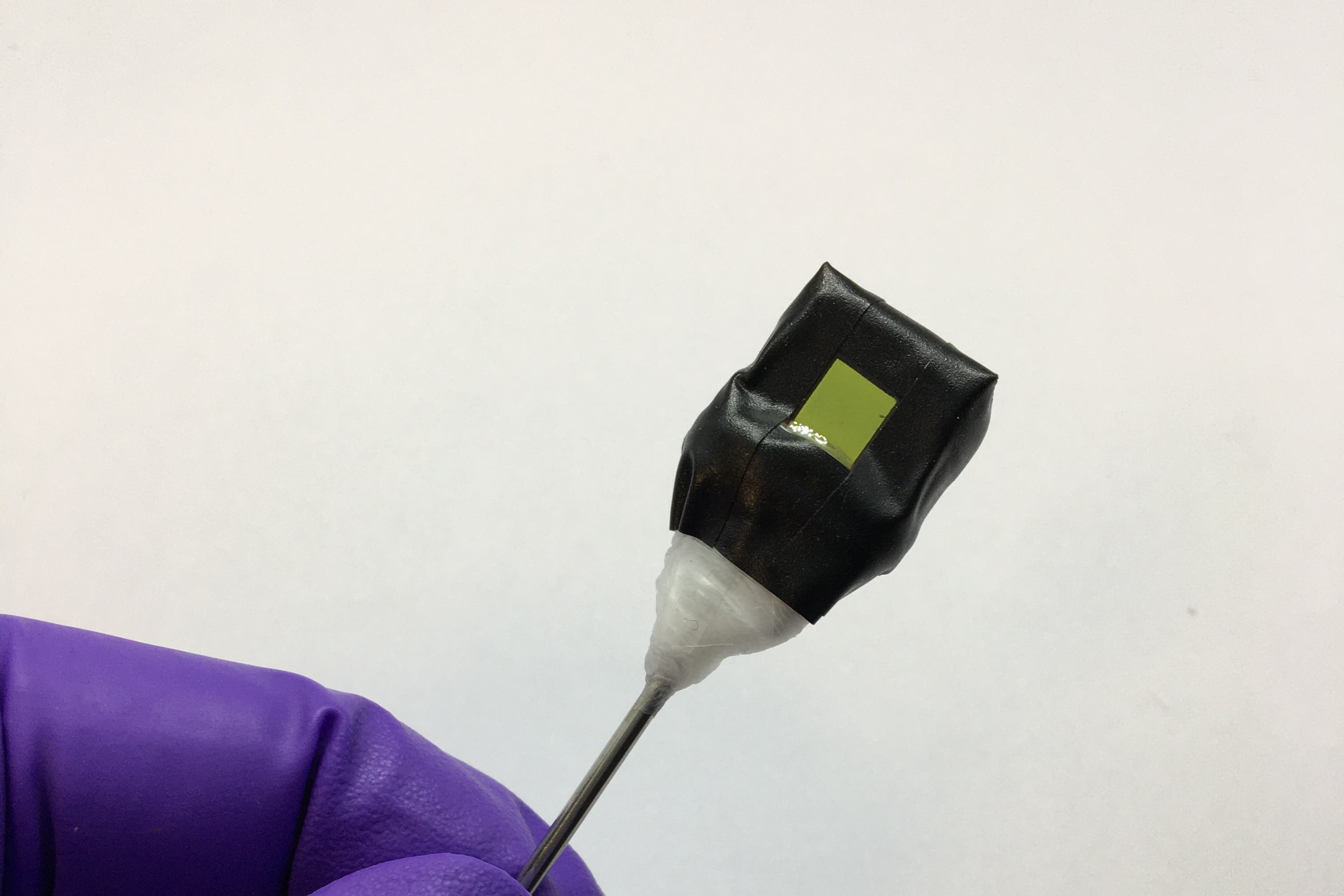Researchers create clean, usable liquid fuels from solar-powered artificial leaf
Unlike fossil fuels, these solar fuels produce net zero carbon emissions and are completely renewable, the study suggests.

Your support helps us to tell the story
From reproductive rights to climate change to Big Tech, The Independent is on the ground when the story is developing. Whether it's investigating the financials of Elon Musk's pro-Trump PAC or producing our latest documentary, 'The A Word', which shines a light on the American women fighting for reproductive rights, we know how important it is to parse out the facts from the messaging.
At such a critical moment in US history, we need reporters on the ground. Your donation allows us to keep sending journalists to speak to both sides of the story.
The Independent is trusted by Americans across the entire political spectrum. And unlike many other quality news outlets, we choose not to lock Americans out of our reporting and analysis with paywalls. We believe quality journalism should be available to everyone, paid for by those who can afford it.
Your support makes all the difference.UK researchers have developed solar-powered artificial leaves which convert carbon dioxide and water into liquid fuels that can be added directly to a car’s engine as drop-in fuel.
University of Cambridge scientists harnessed the power of photosynthesis – the process by which plants convert sunlight into energy – to convert CO2, water and sunlight into multicarbon fuels – ethanol and propanol – in a single step.
These fuels have a high energy density and can be easily stored or transported.
According to the study, unlike fossil fuels, these solar fuels produce net zero carbon emissions and are completely renewable.
Shining sunlight on the artificial leaves and getting liquid fuel from carbon dioxide and water is an amazing bit of chemistry
They also do not divert any agricultural land away from food production.
Professor Erwin Reisner, who led the research, said: “Biofuels like ethanol are a controversial technology, not least because they take up agricultural land that could be used to grow food instead.”
Although the technology is still at laboratory scale, researchers say their artificial leaves are an important step in the transition away from a fossil fuel-based economy.
Dr Motiar Rahaman, the paper’s first author, said: “Shining sunlight on the artificial leaves and getting liquid fuel from carbon dioxide and water is an amazing bit of chemistry.
“Normally, when you try to convert CO2 into another chemical product using an artificial leaf device, you almost always get carbon monoxide or syngas, but here we’ve been able to produce a practical liquid fuel just using the power of the Sun. It’s an exciting advance that opens up whole new avenues in our work.”
Bioethanol is touted as a cleaner alternative to petrol, since it is made from plants instead of fossil fuels.
The majority of cars and trucks on the road today run on petrol containing up to 10% ethanol (E10 fuel).
Professor Erwin Reisner, who led the research, and colleagues based in the Yusuf Hamied Department of Chemistry, has been developing sustainable, zero-carbon fuels inspired by photosynthesis for years.
Until now these artificial leaves have only been able to make simple chemicals, such as syngas, a mixture of hydrogen and carbon monoxide that is used to produce fuels, pharmaceuticals, plastics and fertilisers.
However, to make the technology more practical, it would need to be able to produce more complex chemicals directly in a single solar-powered step.
According to the new study, published in Nature Energy, the artificial leaf can directly produce clean ethanol and propanol without the need for the intermediary step of producing syngas.
While other scientists have been able to produce similar chemicals using electrical power, the researchers say this is the first time such complex chemicals have been produced with an artificial leaf using only the energy from the Sun.
Currently the device is a proof of concept and shows only modest efficiency.
The researchers are working to improve the light absorbers so that they can better absorb sunlight, and to optimise the catalyst so it can convert more sunlight into fuel.